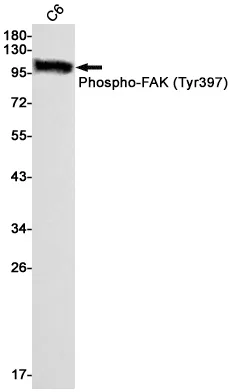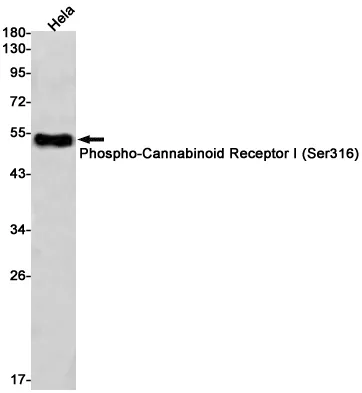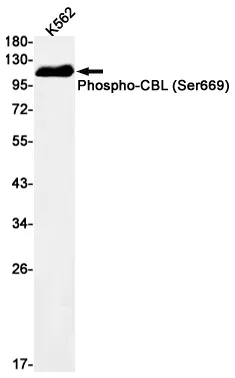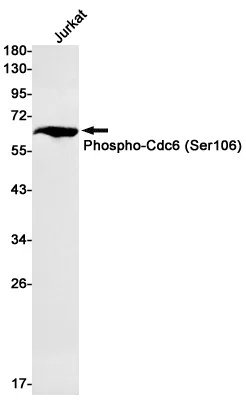Summary
Performance
Immunogen
Application
Background
Intermediate-sized filament (IF) protein designated cytokeratin (CK) 20 is a major cellular protein of mature enterocytes and goblet cells commonly found in mucosal epithelium of the mammalian gastrointestinal tract. Results strongly suggest that transcriptional regulation of keratin genes in the intestinal epithelium occurs at the level of both immature and terminally differentiated epithelial cells, and is tightly regulated during both fetal development and crypt-to-villus differentiation of the intestinal epithelium. Plays a significant role in maintaining keratin filament organization in intestinal epithelia. When phosphorylated, plays a role in the secretion of mucin in the small intestine (By similarity).






